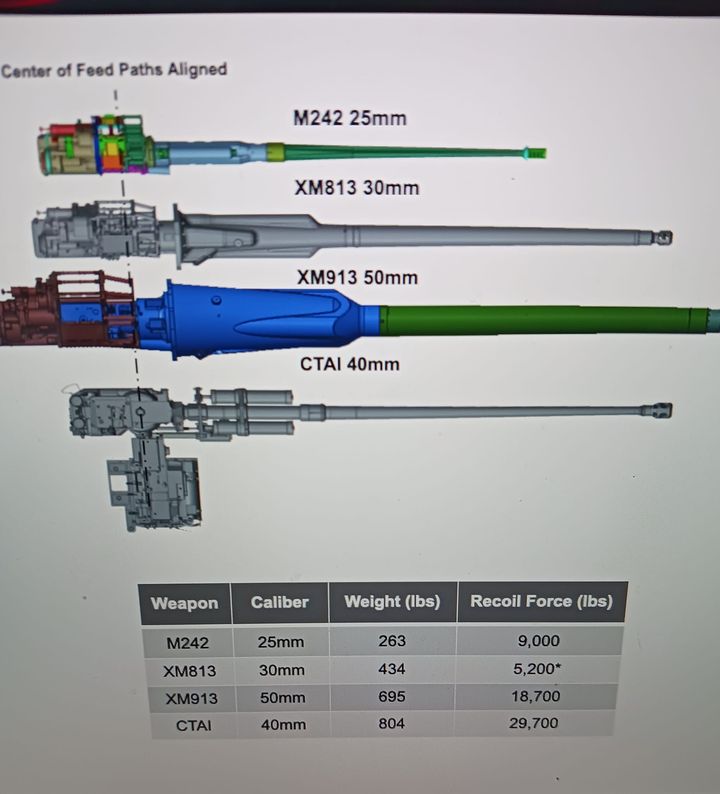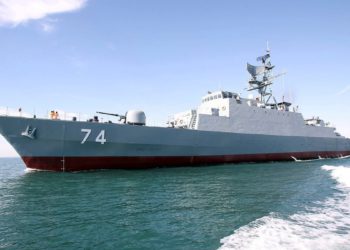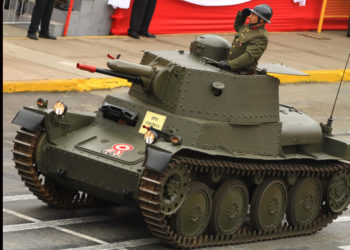New 50mm Cannon: Revolutionizing Combat for the US Army

Greetings. Today’s article will briefly discuss the new 50mm cannon being designed by the United States Army and what it brings to the fight.
Admin Notes
1. Keep the comments constructive.
2. Comprehension ability is critical. *We are not responsible for a lack of comprehension*.
3. There is also a common sense requirement. Just because we state an inconvenient truth, that is not bias.
Introduction to the OMFV Program

The US Army is currently in the process of designing their Bradley Infantry Vehicle replacement, dubbed the OMFV, which stands for “Optionally Manned Fighting Vehicle”. This program of record is part of the NGCV effort, also known as the Next Generation Combat Vehicle[s].
Amongst the many attributes centering around the OMFV, there is one that is very interesting and important. It is the 50mm cannon that will equip it. More specifically, what the 50mm cannon can bring to the fight and what that entails.
The XM913 Cannon

The XM913 is basically an enlarged Bushmaster cannon. This cannon was designed to do the following things, as prioritized below;
1. Defeat light to medium armor threats, such as BMP-3s, T-14s, and future threats originating elsewhere over all armor aspects and at ranges in excess of the threat’s direct fire capabilities.
2. Defeat ATGM teams and dismounts situated in “Protective Postures” or, in plain terms, defensive positions such as bunkers, fortifications, trenches, etc. As well as out in the open at extended range.
3. Defeat both UAS and aerial targets.
Types of Munitions

The XM913 will fire multiple types of munitions, including High Explosive Fragmentary munitions, Air Burst munitions, Beyond Line of Sight munitions, as well as Armor Penetrating Sabot rounds.
Depending on the scenario, the XM913 will be able to engage and defeat all threats, except modern tanks, at ranges up to 3,000 meters with only a few rounds per engagement.
Weight and Efficiency
Another exceptional aspect is the weight. The XM913 aims to be lighter than the weight of the 40mm CTI cannon. That is a serious accomplishment and allows for additional benefits associated with weight and space savings.
Lethality from munitions will be up to 933% more effective than legacy systems found in NATO forces. Tied to this will be an impressive DRI capability that exceeds the modernized 30mm effort of the Stryker platform recently discussed. Another element will be reduced round usage per engagement. This increases fire control discipline and direct fire efficiency. When factoring in AI-enabled capabilities, touch screen and auto slew functions, as well as advanced fire control systems, the culminating effect is going to be devastating. One can say, fairly, it’s not a fair fight. On top of this, their big brother, the M1A2 SEP V3 and the future V4 will be close by and happy to help if asked.
Additional Capabilities
Tied to the lethality of the 50mm, further elements found in the OMFV include the integration of UAS systems, networked lethality ability, enhanced survivability against current and future threats, addition of two ATGMs that are vehicle-mounted, the ability to move a squad of 9 under protection at speeds of 40mph and at ranges in excess of 300 miles, as well as improved digital interface with adjacent elements and the crew.
The XM913 will also be able to be fitted on various other platforms such as UGS, naval ships for coastal patrol, and other systems as well.
Conclusion
The cannon is in the final stages of development and should be ready soon for initial fielding and will remain so until the final OMFV decision is made.
Kindly,
Mel Daniels









